
Age Spots: Causes, Prevention, and Effective Treatments
Understanding Age Spots: Causes, Prevention, and Treatments for Healthy, Youthful Skin
Aging is a natural and beautiful journey, but it often comes with changes in the skin, such as the appearance of age spots. While harmless, these darkened patches can affect one’s self-confidence. By understanding what causes age spots and how to prevent or treat them, you can keep your skin looking healthy, radiant, and youthful at any stage of life.
What Are Age Spots?
Age spots—also known as liver spots or sun spots—are flat, dark areas that develop on the skin, usually in places frequently exposed to the sun. Common areas include the face, hands, shoulders, arms, and upper back. These spots vary in size and are typically tan, brown, or black. They often appear in clusters and tend to become more noticeable over time.
While age spots are most common in adults over 50, they can also appear in younger individuals who spend a lot of time outdoors or use tanning beds. Anyone with fair skin is more prone to developing them, but they can affect all skin tones.
What Causes Age Spots?
The primary cause of age spots is prolonged and repeated exposure to ultraviolet (UV) light, which accelerates the production of melanin, the pigment responsible for skin color. When UV rays trigger excess melanin in certain areas, those patches of skin become darker over time.
Both natural sunlight and artificial UV sources, such as tanning beds, contribute to this process. Additionally, as we age, our skin becomes less efficient at regenerating, making age spots more likely to develop and persist.
Though age spots are generally benign, it’s important to monitor them. If a spot changes shape, color, or texture, or starts to itch or bleed, consult a dermatologist to rule out skin cancer or other skin conditions.
Preventing Age Spots
The good news is that prevention is possible, and it largely comes down to protecting your skin from UV damage. Here are some effective strategies:
-
Use Sunscreen Daily: Apply a broad-spectrum sunscreen with an SPF of 30 or higher every day—even on cloudy days or when indoors near windows. Reapply every two hours, especially after sweating or swimming.
-
Wear Protective Clothing: Long-sleeved shirts, wide-brimmed hats, and UV-blocking sunglasses can significantly reduce sun exposure to your skin.
-
Seek Shade and Avoid Peak Sun Hours: Try to limit your time outdoors between 10 a.m. and 2 p.m., when UV radiation is at its highest.
-
Avoid Tanning Beds: Artificial UV light can be just as harmful as the sun, accelerating skin aging and increasing the risk of age spots and skin cancer.
Consistently practicing sun safety from an early age is one of the best ways to prevent age spots in the future.
Treatment Options for Age Spots
If age spots do appear, there are several treatments available to help reduce their appearance and restore a more even skin tone:
-
Topical Creams: Over-the-counter and prescription creams can gradually fade age spots. Look for ingredients like:
-
Hydroquinone: A skin-lightening agent that decreases melanin production.
-
Retinoids (tretinoin): Promote skin cell turnover and even skin tone.
-
Vitamin C: Brightens skin and protects against further UV damage.
-
Alpha Hydroxy Acids (AHAs): Help exfoliate the skin and improve texture.
-
-
Laser Therapy: Laser treatments break down melanin in the skin, making age spots fade over time. These procedures are safe and effective, though multiple sessions may be necessary depending on skin type and spot severity.
-
Chemical Peels: A chemical solution is applied to exfoliate the outer layers of skin. This encourages new skin growth that’s smoother and more evenly pigmented.
-
Cryotherapy: This involves applying liquid nitrogen to freeze and destroy the pigmented cells, allowing new, lighter skin to replace the treated area.
-
Microdermabrasion and Microneedling: These minimally invasive procedures stimulate skin renewal and can help reduce pigmentation irregularities over time.
Before beginning any treatment, consult with a dermatologist to determine the best option based on your skin type, the severity of the spots, and your personal preferences.
A Final Word
Age spots are a natural part of aging and sun exposure, but they don't have to define how your skin looks or how you feel about it. By understanding their causes and taking preventive steps, you can slow their development and keep your skin looking vibrant. And with the many effective treatments available today, you can minimize existing spots and regain a more youthful complexion.
Taking care of your skin is an investment in your overall health and well-being. Whether you're trying to prevent age spots or treat existing ones, staying informed and consistent with your skincare routine is key to long-term results.
News in the same category


World-first sperm race is happening soon and the creators have revealed how it will work
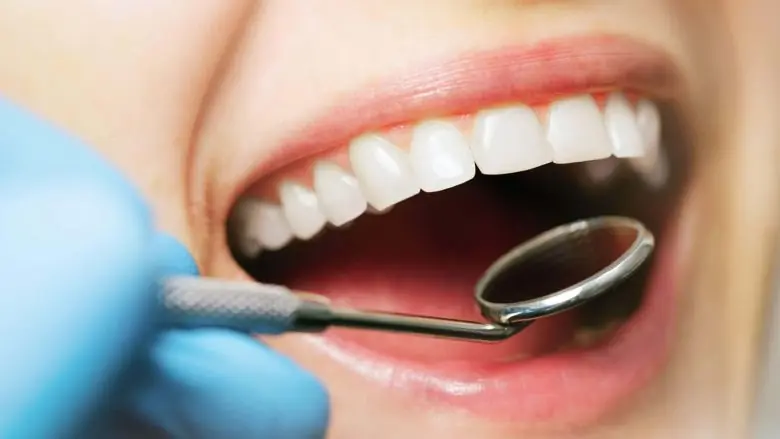
Scientists Grow First Fully Formed Tooth In Lab — A Groundbreaking Breakthrough
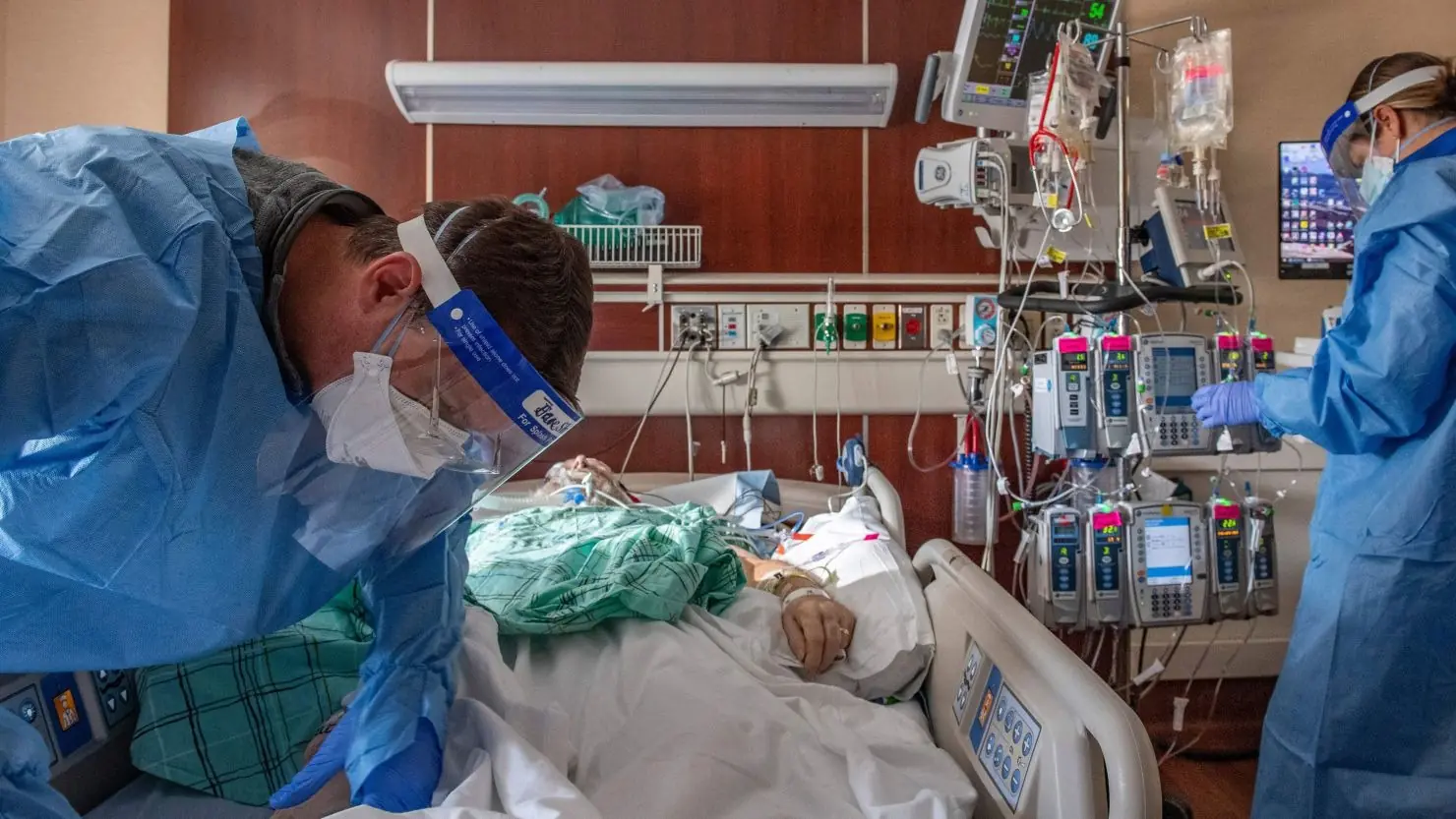
New COVID Wave Surges — Health Officials Sound Alarm As Cases Double

10 Things That Men May Find Unattractive About Women Over 50
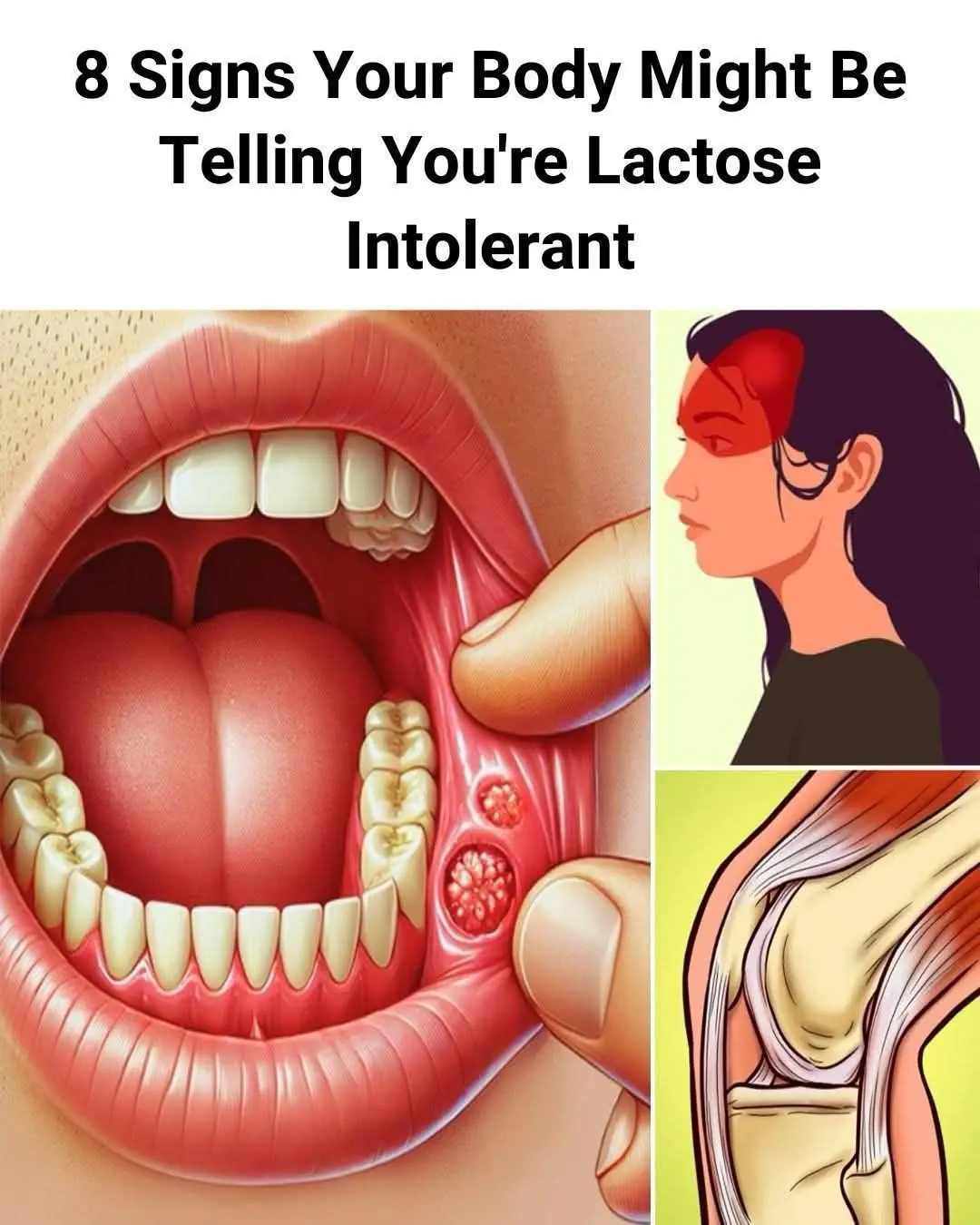
8 Signs You Might Be Affected by Lactose Intolerance

Understanding Diabetes: Types, Symptoms, Risks, and How to Manage It

Doctors Highlight A Rare Cancer Symptom That Can Appear On Your Toenails

Stroke Warning Signs: When Your Body Sends a Silent SOS

Understanding Cholesterol: The Good, the Bad, and How to Keep It in Check

Only 1 Cup a Day: Choose 1 of These 3 Drinks to CLEANSE Your Fatty Liver!
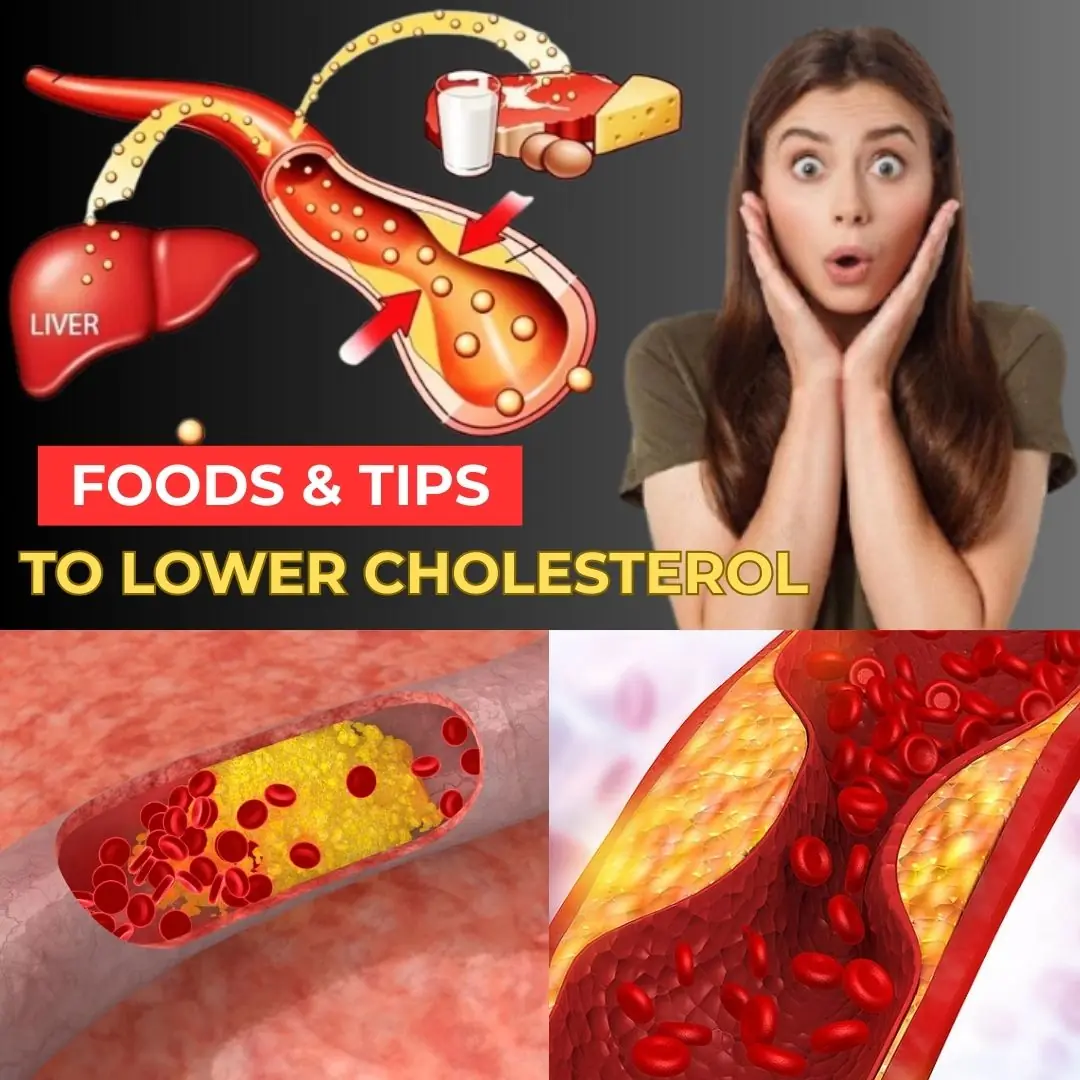
SHOCKING Tips to Lower Cholesterol! Foods You Need to Know!

7 Kinds of Pain That Shouldn't Be Ignored
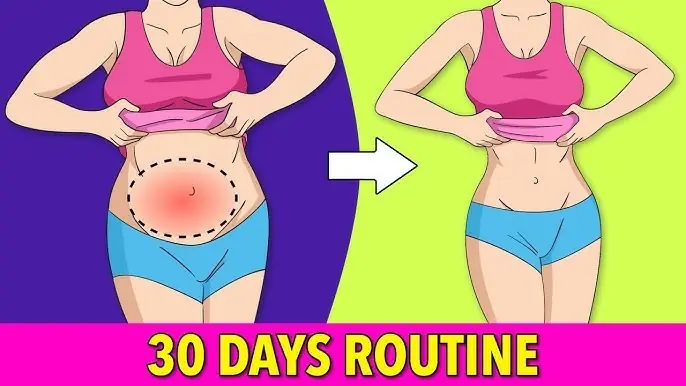
Natural Nighttime Elixir: Reduce Belly Fat in Four Days Safely
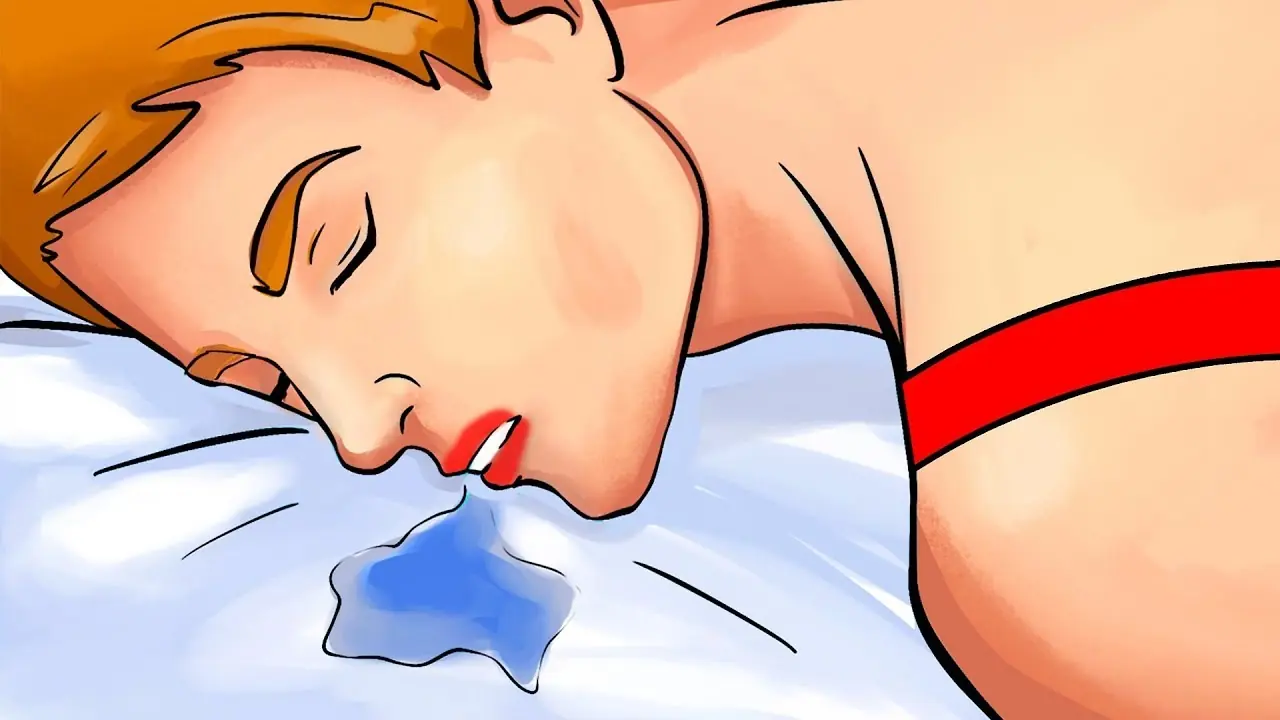
10 Reasons You’re Drooling While You Sleep and What It Could Mean
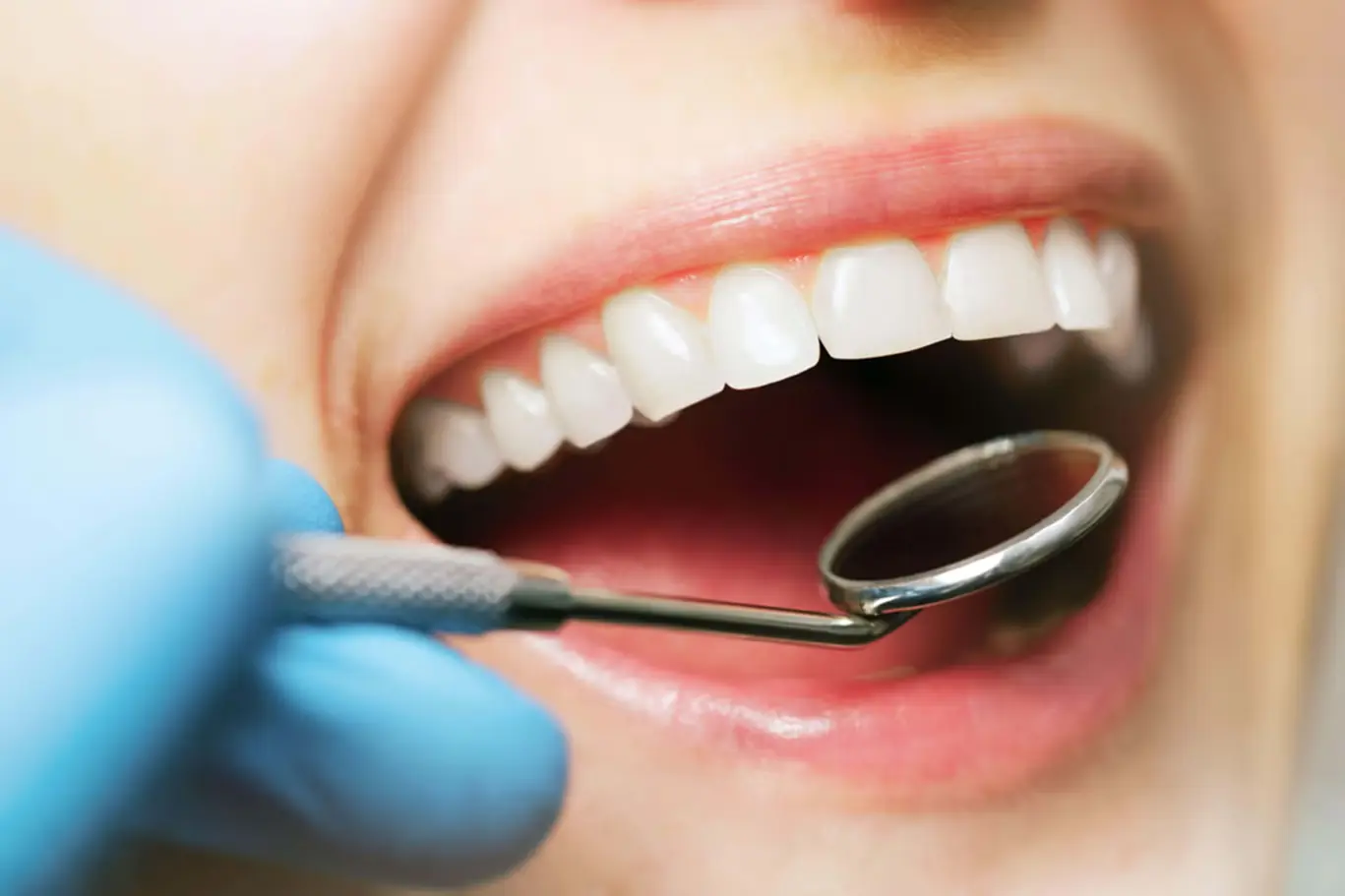
Scientists Successfully Grow Human Teeth in Lab — A Breakthrough in Dental Regeneration

The 4 Dangerous Qualities of “Dark Empaths”

7 SHOCKING Benefits of Cayenne Pepper You Never Knew!

What Is Brain Fog? Scientists Are Finally Starting to Find Out

70-Year-Old Woman Who Used Her Deceased Son's Sperm to Have His Child Through Surrogacy Shares Update After Birth
News Post
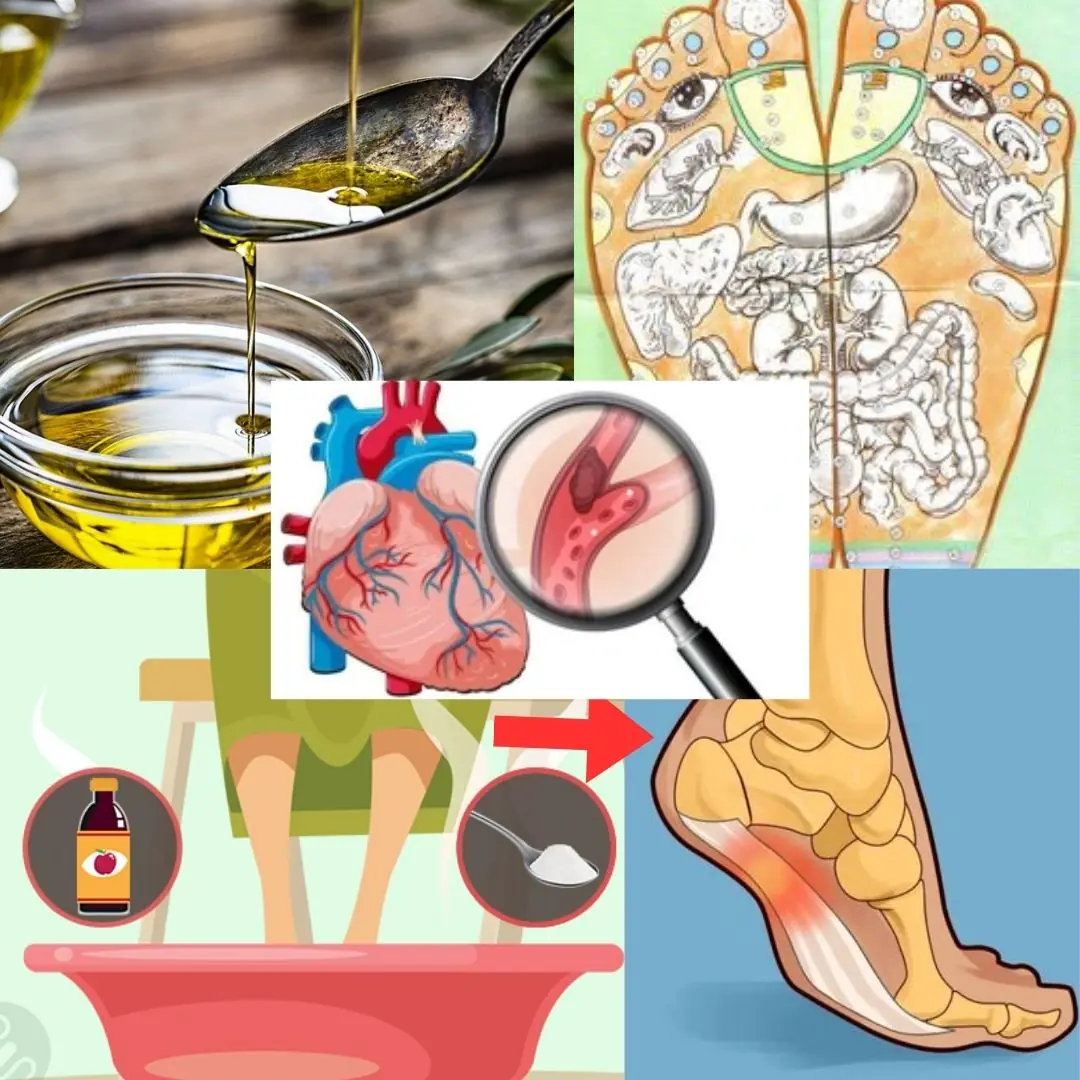
Homemade Natural Painkiller: A Simple 3-Ingredient Remedy for Fast Relief

URGENT: These Foods Improve Circulation INSTANTLY!

THEY BEGGED ME TO QUIT MY JOB TO WATCH MY GRANDKIDS – NOW THEY'RE DUMPING ME FOR DAYCARE
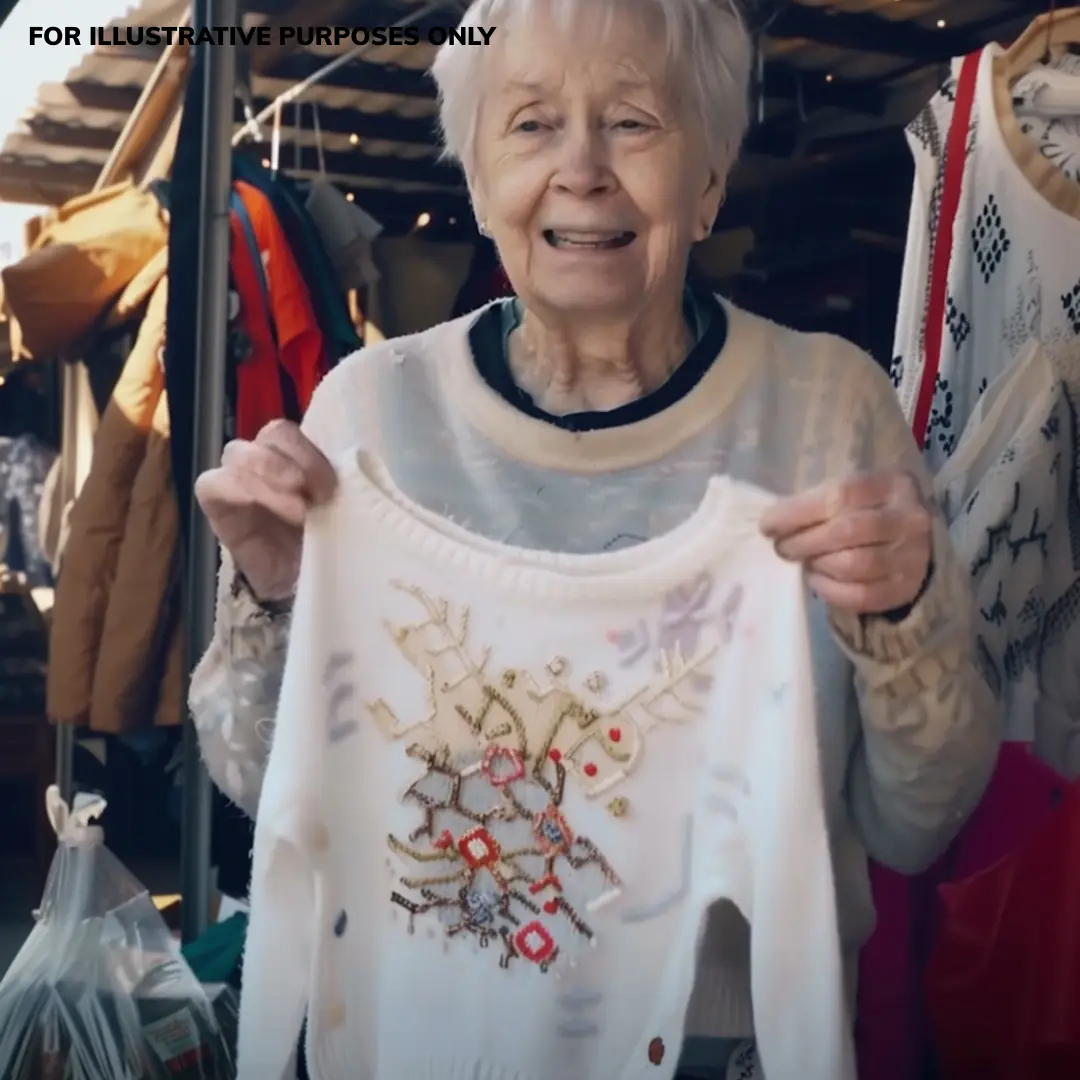
Grandma Saw the Sweater She Knitted for Her Granddaughter Donated and Decided It Was Time for a Talk About Appreciation

My Late Mom Left Me a Trust Fund, but My Dad Took Money from It for His Stepdaughter — I Finally Retaliated

My Husband Made Me Sell My Apartment to Pay Off His 'Business Debts' After Being 'Dumped' by His Partner — But It All Turned Out to Be a Lie

My Landlord Raised My Rent Because I Got a Promotion — Big Mistake Messing With a Single Working Mom of Three

All the Guests Brought Black Gifts to My Birthday Party — If Only I Knew What Was Coming

Cleaner Stepped Into a Stranger’s Home

My Mom Avoided Me for Years

My Best Friend Asked Me to Watch Her Kids for an Hour – I Didn't See Her Again for 7 Years

My Husband Had Been Secretly Transferring Money from Our Joint Account to My Best Friend for Months

Doctors make disturbing discovery in the brains of heavy alcohol drinkers that 'can cause long-term effects'

World-first sperm race is happening soon and the creators have revealed how it will work

Scientists Grow First Fully Formed Tooth In Lab — A Groundbreaking Breakthrough

New COVID Wave Surges — Health Officials Sound Alarm As Cases Double

10 Things That Men May Find Unattractive About Women Over 50

8 Signs You Might Be Affected by Lactose Intolerance

Understanding Diabetes: Types, Symptoms, Risks, and How to Manage It
